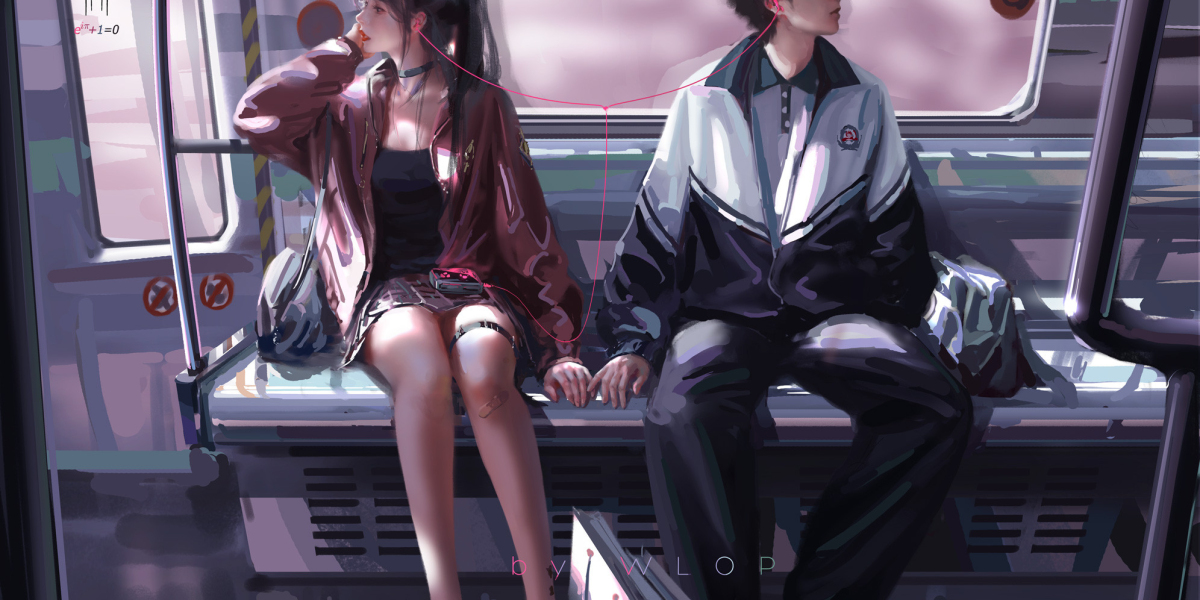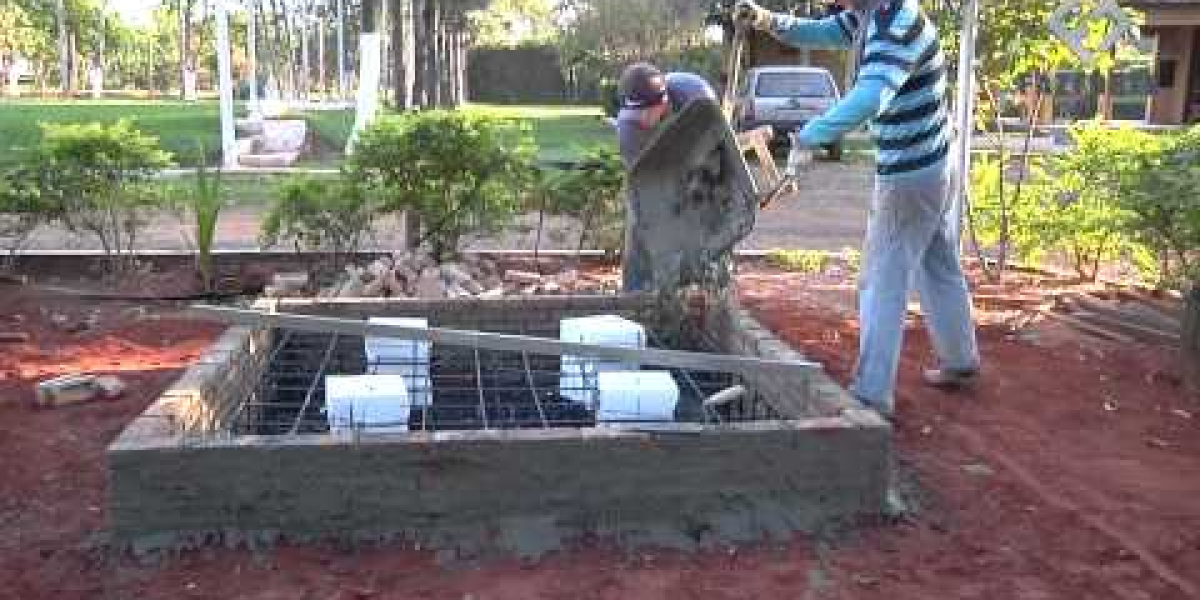Transform Your Outdoor Space: Secrets to Perfectly Illuminating Your Patio and Deck with LED Floodlights!
Outdoor lighting does more than just illuminate; it transforms your patio and deck into a warm, inviting space for gatherings and relaxation. Proper lighting enhances the aesthetic appeal and usability of these areas, allowing you to enjoy the outdoors long after sunset. In recent years, LED floodlights have emerged as a modern solution, providing bright, energy-efficient lighting that is perfect for illuminating patios and decks. This article will explore how to effectively use LED floodlights to create an enchanting outdoor atmosphere, ensuring that your space is both functional and beautiful.

Understanding LED Floodlights
LED floodlights are powerful, versatile lighting fixtures designed to cast a broad beam of light over a wide area. Unlike traditional incandescent or halogen lights, LED floodlights utilize light-emitting diodes, which provide several advantages. They are energy-efficient, consuming significantly less electricity than their traditional counterparts while offering longer lifespans. This makes them ideal for outdoor spaces like patios and decks, where lighting needs to be reliable and cost-effective. Additionally, LED floodlights produce less heat, reducing the risk of burns or fire hazards, making them a safer option for outdoor environments. Their brightness and clarity can enhance the colors and textures of your outdoor decor, amplifying the overall aesthetic of your patio or deck.
Best Practices for Lighting Your Patio and Deck
To create a captivating ambiance with LED floodlights, it's essential to consider several best practices for their use. One of the key strategies is placement. Floodlights should be positioned to maximize coverage without creating harsh shadows or overly bright spots. For instance, placing lights at the corners of your patio can help distribute light evenly across the entire area. The angle of the light is also crucial; aiming floodlights slightly downward can provide a softer glow that enhances the environment without being overpowering.
Placement Tips
Optimal locations for floodlight installation include walls, fences, or trees that can highlight architectural features and landscaping. My friend recently installed LED floodlights along the perimeter of her deck, which not only illuminated the area but also highlighted the beautiful foliage in her garden. By strategically placing lights to focus on these elements, she created an enchanting atmosphere that makes her outdoor space feel magical at night.
Choosing the Right Brightness
Selecting the appropriate lumen output is vital for achieving the desired effect. For patio and deck lighting, aim for a range of 700 to 1000 lumens, depending on the size of the area and the level of brightness you prefer. Softer lighting may be more suitable for intimate gatherings, while brighter settings may be needed for larger parties or events. Adjusting the brightness can also set the mood; consider using dimmable LED floodlights for added versatility.
Design Considerations
When integrating LED floodlights into your patio and deck design, consider the color temperature of the bulbs. Warmer temperatures (2700K to 3000K) create a cozy, inviting atmosphere, perfect for social settings. In contrast, cooler temperatures (4000K and above) can give a more modern, clean look. Furthermore, ensure the style of the floodlights complements your existing outdoor decor. Whether you prefer sleek and modern or rustic and traditional, there are floodlights available that can seamlessly fit into your design theme, ensuring a cohesive look throughout your outdoor space.
Safety and Energy Efficiency
Safety should always be a top priority when installing outdoor floodlights. Ensure that all fixtures are rated for outdoor use and are weatherproof to withstand the elements. It's also essential to properly secure all wiring and connections to prevent any hazards. One of the significant benefits of LED technology is its energy-saving features; these lights consume significantly less power than traditional options, allowing you to enjoy extended lighting without skyrocketing energy bills. Implementing timers or motion sensors can further enhance energy efficiency, ensuring your lights are only on when needed.
Enhancing Your Outdoor Experience
In summary, effectively lighting your patio and deck with LED floodlights can transform these outdoor spaces into inviting retreats. By understanding the advantages of LED technology, following best practices for placement and brightness, considering design elements, and prioritizing safety and efficiency, you can create a dazzling atmosphere that enhances your outdoor experience. Whether hosting a summer barbecue or enjoying a quiet evening under the stars, the right lighting can make all the difference. Embrace the beauty of your outdoor space with thoughtfully planned LED floodlight installations that will illuminate your nights and create lasting memories.








